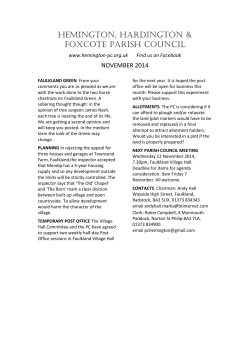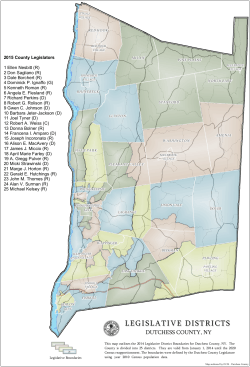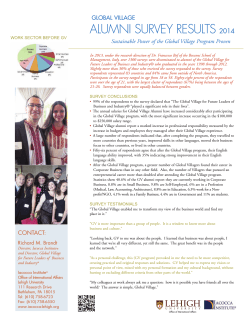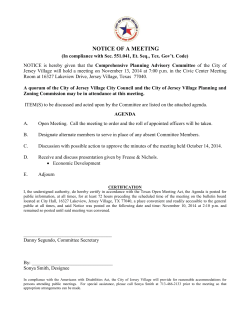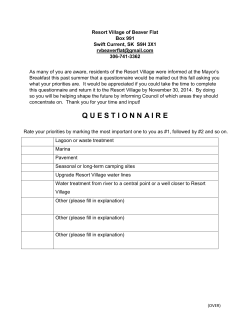
Villagers rescued from Tatopani look forward to their life
1852015-Dak-Mon-16.qxd 5/17/2015 11:35 PM Page 1 CMYK PAGE 16 THE HIMALAYAN TIMES, MONDAY, MAY 18, 2015 www.thehimalayantimes.com VARIETY Under the tents of Capital Villagers rescued from Tatopani look forward to their life an open space for a night and the village had a feast.” And she doesn’t feel the journey back to her village is a safe one — “if it rains a little more, the entire village will be washed away this time”. Pregnant mother’s owe Amidst the crowded camps, 27-yearold Maya Thapa was searching for her husband to go to a hospital for checkup. She doesn’t know the place or hospital, Thapa wants to follow the instructions of a doctor to do “video Xray” to ensure “the baby inside me is safe and sound”. When pregnant mothers are told to take good care of their bodies, this mother of two sons — 10 and six — who is five months pregnant was buried up to her chest at her home in Dry Port, on April 25. She recalls the horrific incident, “I was watching a film along with my friends and sons when the tremblor began. After that I just felt my house moving.” Her house located at the bottom of a hillock was hit by a landslide triggered by the quake and the house was “buried”. The house collapsed and “I was buried up to my chest. I got a head injury too. But I saw my friends and told them to run away. My hands were out, so I checked my two sons and threw one of them away from that place.” She managed to get out on her own, carried both the children and jumped when her “abdomen hit something”. Since then, it hurts though “doctors have told me the baby is fine”. Her health is not good, and she just has a pair of clothes, nothing else. “Everything got buried, it took us so many years to arrange these things. But at the end we had to leave our home without anything,” she says, her eyes filled with tears. At times she says she feels “no use use of being alive as we are left with nothing at all”. But the love for her children and company of friends gives her hope to move on. 90-year-old Gyalshi Sherpa Sharada Adhikari Kathmandu T here are some 265 people here, but are from five villages who had been living a simple life back in their pristine villages. Yarmasingh, Bhumachaur, Patikuna, Duguna and Tamang villages of Tatopani VDC, Sindhupalchowk were homes to these people who grew up playing and doing their chores there. But on May 17, with their sad faces and lost looks, they were just waiting — under nearly a dozen makeshift tents in Bouddha — with a hope to twist their destiny that suffered devastatingly in the quake. They are the survivors of April 25 earthquake, and the subsequent aftershocks of April 26 and May 12 with Sindhupalchowk as the epicentre. With every tremblor, these villages started caving in, landslides began in the surrounding hillocks, the cracks started widening, and their houses either collapsed or caved in. People had to leave not only their houses, but even the open space outside their homes. And for many, they may sound like just any other earthquake-hit people who have lost their homes and families. But their tragedy is more than that — they have lost their villages with almost no hopes to return there and relive their lives. Rays of hope 94-year-old Ratna Bahadur Kafle Photos: Bal Krishna Thapa/THT my family”. Elderly’s arduous journey From the five-month-olds to the elderly as old as 94 years, everyone seemed to be attempting to understand the new world they have arrived in. Ninety-four-year-old Ratna Bahadur Kafle from Duguna can’t hear properly nor remembers his age but on the secMost of them arrived in these con- ond day of his arrival in the Capital, he gested camps of Bouddha on May 16. was walking along with his daughterSome have relatives here and some just in-law Dhamini Kafle making efforts to know the villagers with whom they have entered the Capital. Whatever the reason, the objective was “to escape the dangerous village and stay safe” which is why 58-year-old Mingma Sherpa from Patikuna left his village seven days ago together with his daughter. He doesn’t have anyone in Kathmandu, neither clothes nor a blanket to stay warm. Mingma, who “almost died” in the 6.9 magnitude aftershock, left Patikuna soon after that as “everyone was heading to the Capital”. Another person who came to the Capital with no money in his pockets is Yarmasingh’s Maite Sherpa, 62. When many villagers had left the village after the cracks continued widening, he stayed back with his wife. He witnessed the damage of Duguna. “I had been sleeping in the smaller gadhi when the ground trembled. I tried to hold on to the ground but suddenly I heard some unusual sound and the fort cracked. It then caved in.” That was not all — landslides started from all around and the houses collapsed. He did not expect such a powerful quake to strike again but May 12 shook his confidence. Running away from his village, Maite and other villagers spent five nights in “comparatively safe places before we were airlifted”. Some people have stayed back not willing to come, “but I came” says Maite though he is unsure of what he will be doing here to “look after In the Capital Maya Thapa recognise the new shelter. With the duo was Dhamini’s mother Gyalshi Sherpa, 90. It was not only difficult but very challenging for Dhamini to rescue the elderly from the village safely. Gyalshi was buried in the doorway of her house when the April 25 quake struck. “I was outside my house but as the earthquake struck, I tried to go inside to hold on to grains as we believe holding grains stops earthquake.” But before she could enter inside, the house collapsed and she was caught in the doorway. The elderly shows the part of her neck and back “that still hurts because of the accident that day”. As she can’t walk, Dhamini carried her all the way to the Dry Port from where they were airlifted to Chautara and later came to Kathmandu. Even her father-in-law had been suffering from diarrhoea then. Their condition is quite stable now but Gyalshi and Dhamini both miss their home. “I have four buffaloes back in the village,” says Gyalshi with longing in eyes to see them, which as per Dhamini “have been left in the forest in high land. Probably they will be safe there”. But she doesn’t know how she will survive even though she has escaped the earthquake. “We couldn’t harvest wheat. Potato and maize are also all destroyed and there is no land to plant millet. Even if we survive, there is not a single grain for the next year. So, what will we eat now?” questions the woman who remembers the 1934 quake. Pointing to a child around 10 years, she says, “I was around his age then. The earthquake separated hills and the plain land then too. But nothing else was destroyed like today. We stayed in Making their way to the Capital hasn’t been an easy voyage yet they say they have received a warm welcome here. “It is a private land and may be we will get to stay here a couple of months at the maximum,” says Dawa Sherpa, a Yarmasingh resident, who has been helping these earthquake-affected villagers. Dwarika’s Welfare Foundation has helped them with tents and other relief materials and now they are looking for other land areas as well as “a good shelter that can help people survive the monsoon too”. To this another resident of Tatopani, Sanu Sherpa says, “The villagers say if we could spend six months here, we would return to our village.” And they have a positive thinking of “making our own village if we get substantial help”. There are still over 50 people back in the area — “they are taking shelter at Gumba Danda in a forest area” as per Sanu who adds, “Some of these people don’t want to come here leaving behind their animals. But if they don’t come, the government could provide relief materials there.” Most of them don’t know what will happen to them next or what they will do to survive here, but 11-year-old Sanjita Poudel, a resident of Duguna, hopes for the best. Her house has collapsed, the school no more stands but the Vth grader says she “wants to become a journalist one day despite all odds” though she doesn’t know how. Published by: International Media Network Nepal (Pvt) Ltd, APCA House, Baidya Khana Road, Anamnagar, Kathmandu, Nepal, PO Box 11651 Phone: 4770358, Fax: 977-1-4770701 / 4771959, E-mail: editorial@thehimalayantimes.com Regd No 143/051/052 Postal Regd. 65-071-072 Printed at: Sama Printers (Pvt) Ltd, Sainbu VDC, Lalitpur. Editor: Prakash Rimal
© Copyright 2025

